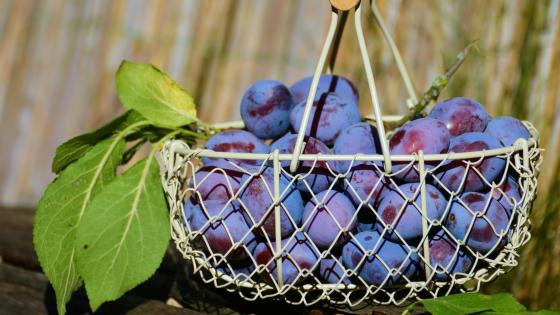
Plums
Plums
Plums, like peaches, are stone fruits and in the Rose family. These two crops have similar cultural requirements, as well as similar disease and pest concerns. Plums are also sensitive to late spring frosts, which can result in crop losses in Kentucky. Depending on the type and cultivar, plums can be consumed fresh, canned, frozen, processed in jams and jellies, and dried.
Key Requirements
| Land | Medium |
| Labor | High |
| Capital | Medium |
Take the HortBizQuiz to see how much Land, Labor, and Capital you have for your operation.
Markets
- Direct to Consumer
- Farmer's Market
- On-Farm Stands
- CSA
- Value-Added
- Local Grocery
- Auction
Pests & Disease
Brown rot, bacterial spot, black knot, and plum pockets occur routinely in Kentucky. Insect pest include oriental fruit moth, plum curculio, brown marmorated stink bugs and borers. Rabbits, mice and deer will eat the bark and are especially problematic during establishment season.
Costs and returns are presented as estimates. They will vary based on your farm and markets.
Costs and returns are presented as estimates. They will vary based on your farm and markets.
Challenges
- Can be a risky endeavor because trees frequently suffer losses when a spring freeze occurs during bloom.
- Market is limited.
- Plum production requires considerable hand labor for pruning, thinning, and harvesting fruit.
Opportunities
Best grown commercially only as a secondary fruit crop or as part of a diversified farming operation.